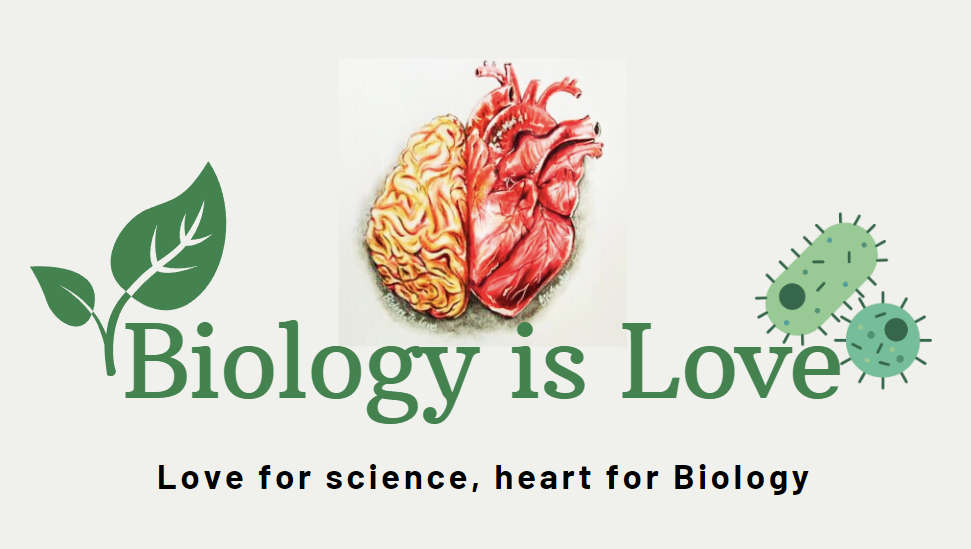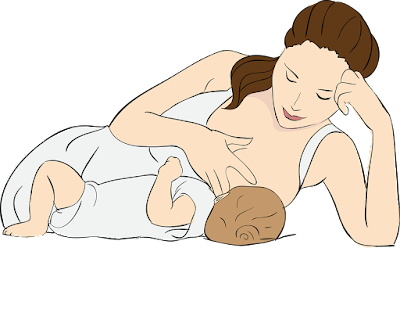Table of Contents
To provide milk to neonates, at the end of pregnancy around the time when the young is born, the mammary glands undergo a process that initiates milk secretion, called lactation or lactogenesis.
Lactation and structure of mammary gland
The human mammary gland is composed of about 20 lobes, each with an excretory lactiferous duct that opens at the nipple. Loves, in turn, are composed of several lobules, which contains secretory structures called alveoli, and the terminal portions of the ducts.
The epithelia of the alveoli and ducts are composed of apical luminal ductal or alveolar cells and a myoepithelial cell layer on the basal side of the epithelium. Myoepithelial cells are stellate, smooth muscle-like cells, and contraction of these cells in response to oxytocin expel milk from the lumina of the alveoli and ducts.

Lactation and its phases
Lactogenesis has two main phases.
- The initiation phase (Lactogenesis I) is characterized by increased expression of some milk protein genes and biosynthetic enzymes, and accumulation of neutral lipid droplets.
Alveolar cells become capable of limited secretion of some milk components during the initiation phase, which can be detected by measurement of increased concentration of lactose and α-lactalbumin in plasma or urine. Thus the secretion of lactogenesis is restricted to a limited number of alveolar cells with incompletely developed secretory mechanisms.
2. Copious milk secretion is induced during the secretory activation phase of differentiation. (lactogenesis II or Galactopoiesis) that occurs at the end of pregnancy in rodents & ruminants, & shortly after parturition in humans.
This phase is characterized by homogeneous expression of milk protein genes by alveolar cells, induction of additional milk protein gene & biosynthetic enzyme expression, polarization of organelles, expansion of mitochondria & RER, maturation of Golgi apparatus, & closure of tight-junctional complex.
These changes in the cellular & gene expression properties of alveolar cells are reflected in a dramatic modification of the solute composition of milk & increased secretory volume & indicate coordinated maturation of secretory mechanisms & alterations in transport pathways.
Lactation and its hormonal control
Lactation proceeds in an environment of relatively high (although declining) prolactin & low estrogen & progesterone. A low level of estrogen in the circulation stimulates the pituitary to increase its output of prolactin.
The fall in progesterone at parturition is required for the onset of milk secretion, & activation of milk protein gene expression & biosynthetic processes. Although estrogen prepares the breast for eventual milk formations but inhibits lactations.
Like estrogen, progesterone inhibits lactation & antagonizes the induction action of glucocorticoids, &/or prolactin, on tight junction formation. Thus, estrogen together with progesterone affects the survival of alveolar cells by paracellular transport & the maintenance of lactation.
 |
| Source: Medical Physiology By Indu Khurana |

